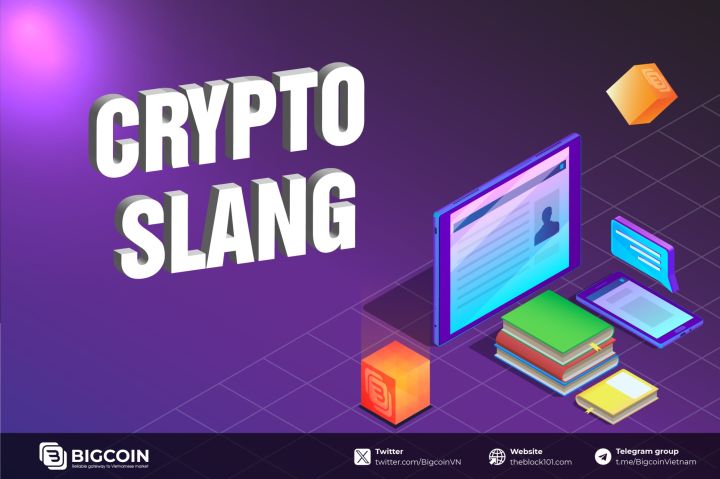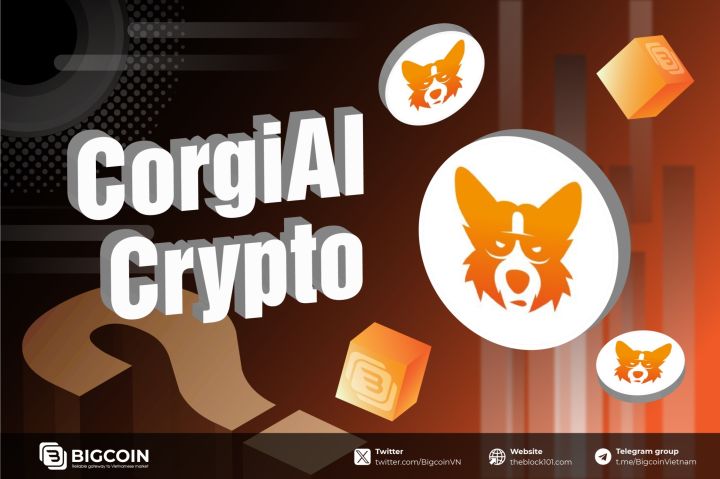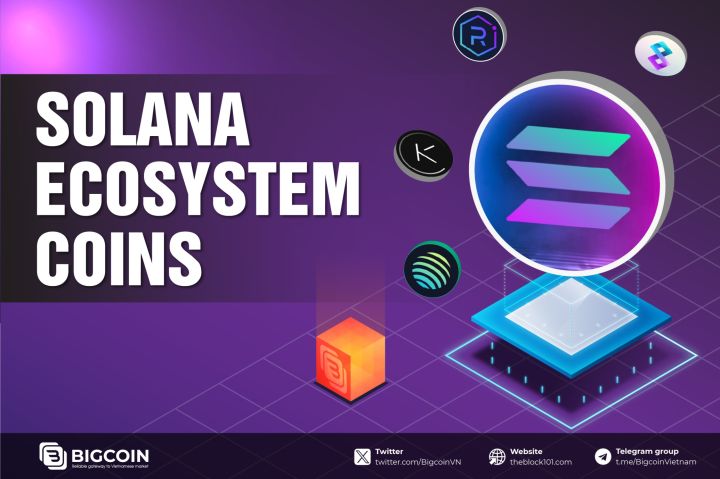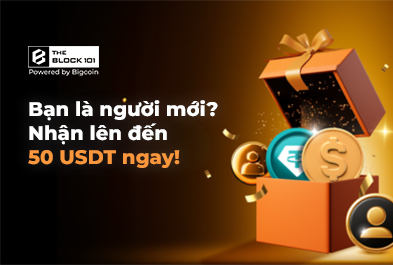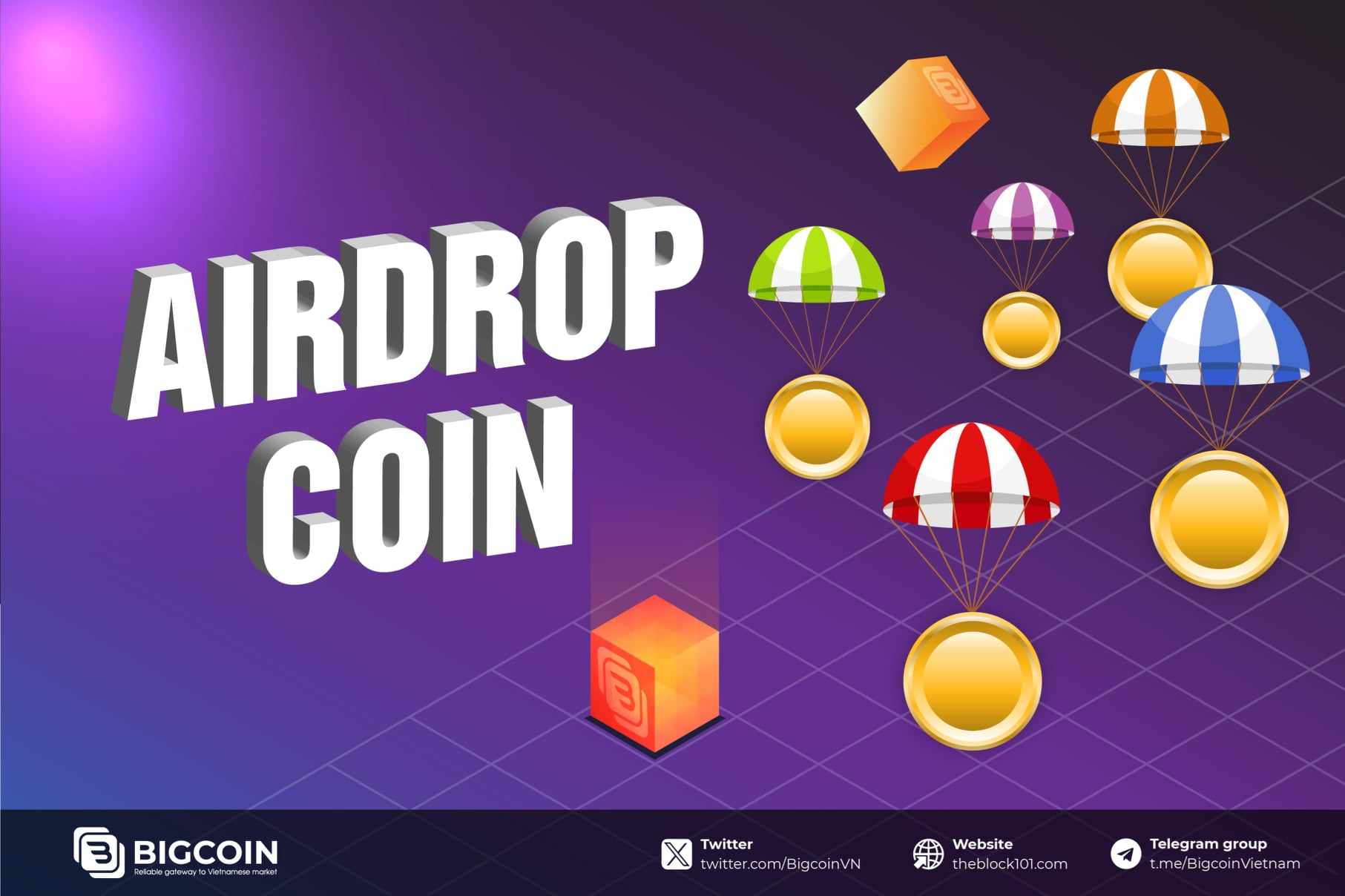
1. What is Airdrop?
Airdrop is a popular strategy used by blockchain projects to promote and attract interest from the community. By distributing free tokens or NFT, projects aim to generate attention and engagement from users. This not only enhances the project's potential reach but also boosts trading activity on the blockchain platform.
To receive an airdrop, users may need to complete certain tasks such as holding a specific amount of tokens or participating in project promotional activities on social media platforms.
2. Classification of airdrops
2.1. Retroactive
A retroactive airdrop is a type of token distribution where a project rewards individuals who have supported and contributed to the project in the past. Typically, projects will issue tokens to users who have used their services, participated in the community, or provided feedback to help develop the project.

2.2. Bounty Airdrop
A Bounty Airdrop is a token distribution method in which participants need to complete tasks on the project's social media channels, such as Telegram, Twitter, Facebook, and various other platforms, to meet the participation criteria.
2.3. An airdrop for holders of a specific token
In this form of Airdrop, participants need to hold a certain type of token in their wallet to be eligible for the Airdrop.
3. 12 notable crypto projects for conducting airdrops in 2024
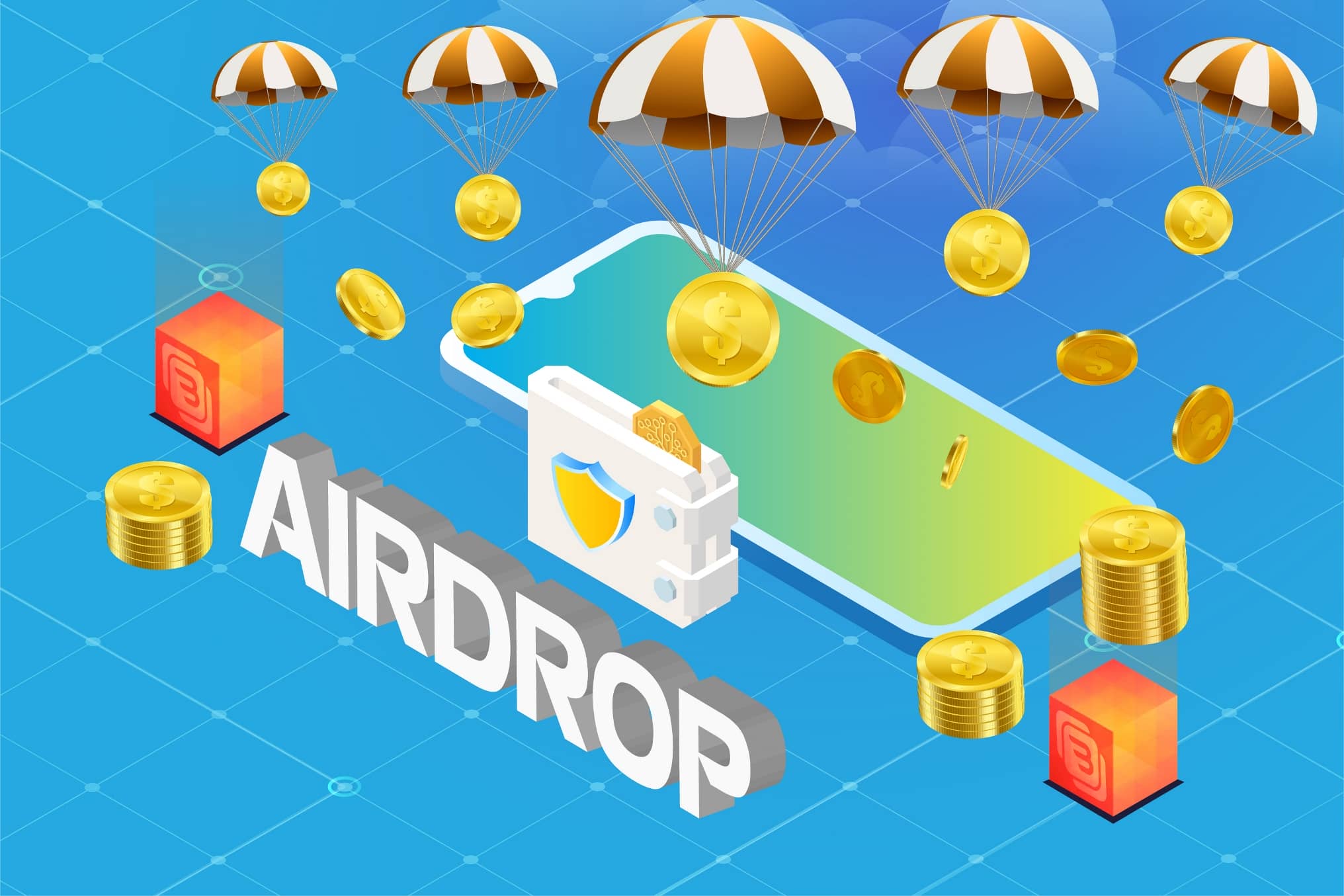
3.1. Scroll: zkEVM Layer 2 on Ethereum
Scroll is a Layer 2 blockchain based on zkEVM Equivalence technology, a type of zk-Rollup fully compatible with the Ethereum Virtual Machine (EVM). zkEVM addresses the remaining issues of zk-Rollup solutions, providing scalability, easy building, and development for projects on Ethereum and other EVM-compatible blockchains on Scroll.
With Scroll, developers using Solidity can also deploy new projects without needing to learn the native programming languages of zk-Rollup chains.
Although Scroll has not yet announced plans to launch a token, it is anticipated that they will issue a native token to foster the ecosystem's development, similar to other Layer 2 projects like Arbitrum or Optimism.
Here are some activities you can do to participate in airdrop farming on Scroll
-
Connect your MetaMask wallet to the Scroll network.
-
Use the Bridge service to transfer assets to Scroll at https://scroll.io/bridge
- Mint the Scroll Origins NFT at https://scroll.io/developer-nft/mint
- Explore and use decentralized applications (dApps) on the Scroll network, such as Izumi Finance, Ambient Finance, LI.FI Protocol, and many others. You can find a full list of dApps in the Scroll ecosystem here.
-
Join the Scroll Guild at https://guild.xyz/scrollzkp
3.2. Taiko: zk-Rollup Layer 2 on Ethereum
Taiko is a Layer 2 blockchain similar to Scroll. Taiko's token, TKO, is designed to reward individuals who verify blocks on the blockchain. Taiko has launched its Alpha-3 testnet (code-named Katla) and creates opportunities to earn points on Galxe, which could potentially be a way to receive Taiko's token airdrop.
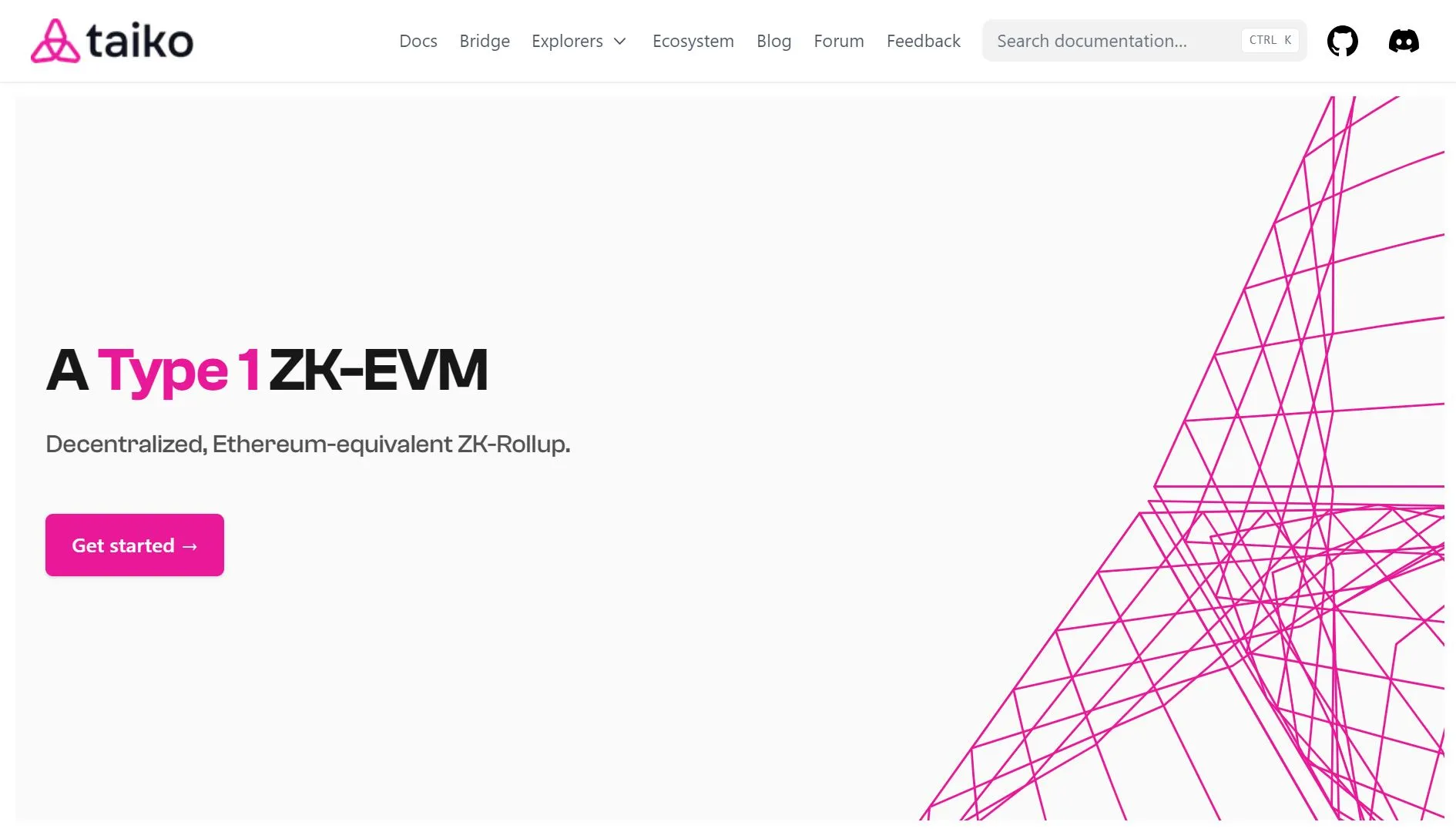
Here are some activities to participate in an airdrop on Taiko:
-
Claim ETH on the Holesky network at https://holesky-faucet.pk910.de
-
Use the faucet to receive testnet tokens at https://bridge.katla.taiko.xyz/faucet
-
Use Taiko's bridge to convert tokens at https://bridge.katla.taiko.xyz
-
Swap tokens directly on Taiko at https://swap.katla.taiko.xyz/#/swap
-
Provide liquidity on Taiko at https://swap.katla.taiko.xyz/#/pools
-
Participate in running a node on Taiko.
3.3. Renzo Protocol: Liquid Restaking platform on Ethereum
Renzo Protocol is a Liquid Restaking platform operating on Ethereum. Instead of users manually managing LST restaking on EigenLayer and choosing Operators (AVS), Renzo allows users to stake ETH, stETH, or wBETH on its platform. Renzo then automatically restakes on EigenLayer using optimized restaking strategies. This reduces the burden on users in risk management and optimizes benefits from restaking on EigenLayer.
Renzo has introduced a point system for users participating in their platform. Users can earn Renzo ezPoint by:
-
Stake ETH, stETH, or wBETH to mint and hold ezETH (Renzo's native Liquid Restaking Token - nLRT). Each ETH, stETH, or wBETH staked will earn users 200 Renzo ezPoints.
-
Introduce new users who stake ETH on Renzo and receive 10% of the points they earn.
3.4. Metamask: Non-custodial wallet on EVM chain
Metamask, the non-custodial wallet launched in 2016, is the largest platform in the crypto market with over 100 million users annually. Joe Lubin of Consensys has confirmed plans to release a native token for Metamask; however, specific details regarding the launch timing or distribution via airdrop have not been disclosed yet. The community speculates that Metamask will have an airdrop plan for its users.

Here are some ways to participate in airdrops using Metamask:
-
Interact with networks and protocols through the Metamask wallet.
-
Utilize features such as sending, receiving, purchasing, and swapping tokens directly within the wallet.
-
Access functionalities like token bridge and liquid staking conversion (bridge) features.
3.5. LayerZero: Cross-chain Messaging protocol
LayerZero is a specialized protocol designed to support decentralized applications (dApps) operating across multiple blockchains, enabling Omnichain interaction. The protocol utilizes oracle technology to optimize information transmission between applications on different blockchain networks.
The most prominent application of LayerZero is its cross-chain bridge, allowing users to convert native tokens from one blockchain to another in a single transaction.
To enhance your chances of receiving an airdrop on LayerZero, you can participate and engage with protocols or projects developed on LayerZero's infrastructure, such as:
-
Stargate Finance: Facilitates token conversion, provides liquidity, stakes STG tokens, and participates in voting on project governance proposals (DAO proposals).
-
Aptos Bridge: Facilitates token conversions.
-
Radiant Capital: Facilitates token conversions, participates in lending and borrowing activities.
3.6. zkSync Era: ZKP Layer 2 on Ethereum
zkSync Era is a Layer 2 solution on Ethereum utilizing zk-Rollup technology and supporting EVM through Solidity and Vyper.
zkSync has attracted over $458 million USD through more than 3 funding rounds, with investments from major investors such as a16z, Hashed, Blockchain Capital, and Consensys. The zkSync ecosystem has developed with approximately 169 dApps, $102.78 million USD Total Value Locked (TVL), and 124.86 million transactions. With this growth, issuing a native token to build a sustainable economy and drive ecosystem development is crucial.
Dưới đây là một số cách bạn có thể tham gia để nhận airdrop trên zkSync Era:
-
Utilize products or dApps available in the zkSync Era ecosystem.
-
Convert tokens to zkSync Era through the bridge at https://bridge.zksync.io
-
Participate in token swaps and provide liquidity on platforms like SyncSwap, Mute, Maverick.
-
Engage in games on Tevaera.
-
Lend and borrow on EraLend.
-
Contribute to zkSync on Gitcoin by donating.
3.7. Thetanuts Finance: Structured Product Protocol on Multi-chain
Thetanuts Finance is a multi-chain protocol in structured product space, offering synthetic options trading solutions through Vaults for both organizations and individual investors in the crypto market. The project is scheduled to launch its mainnet in Q1 2024. Liquidity providers can earn profits in the form of NUT tokens and other potential tokens. This indicates the possibility of a future airdrop of tokens by the project.
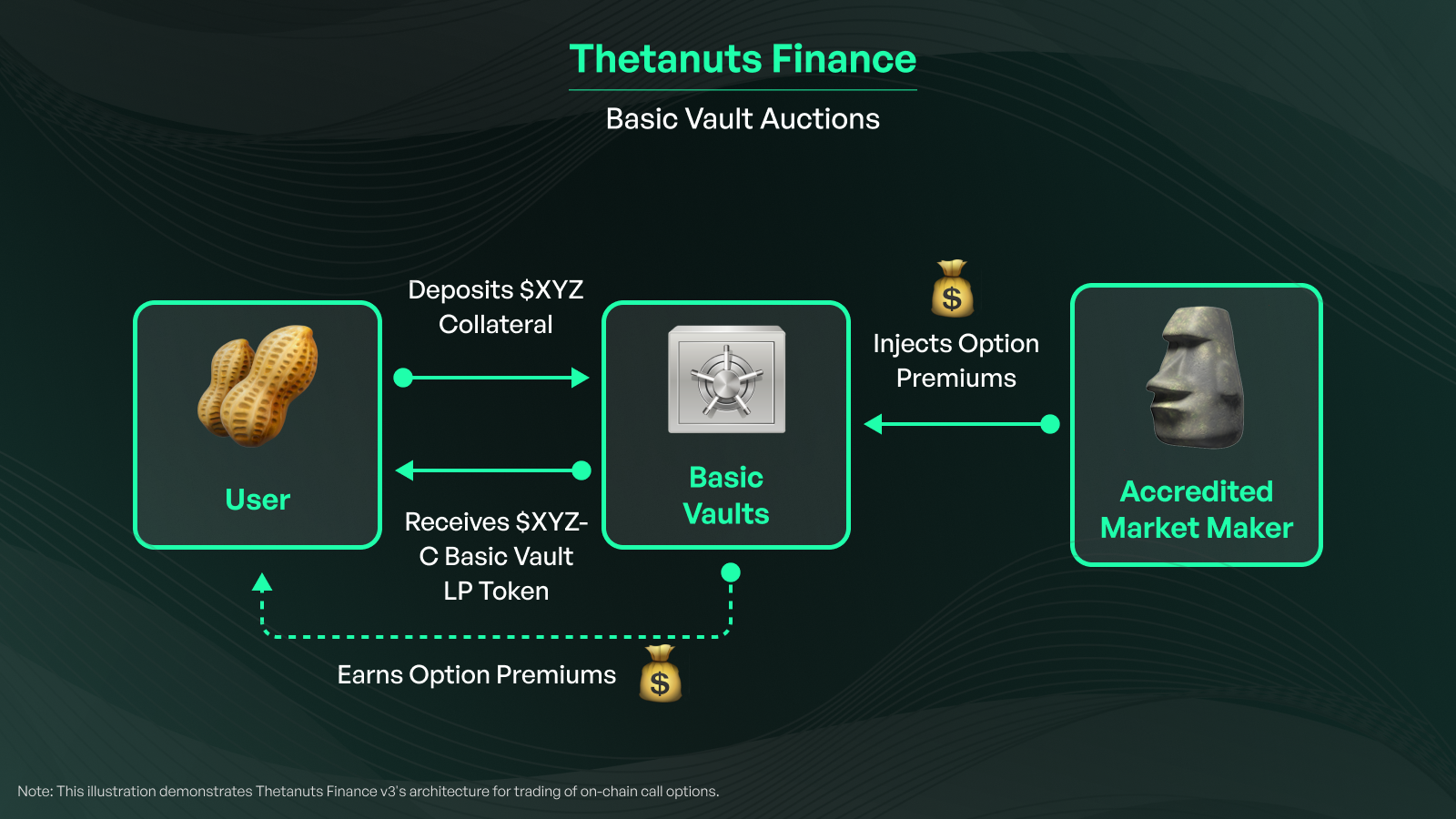
Here are some ways you can participate to have the opportunity to receive airdrops from Thetanuts Finance:
-
Participate in options trading on the Thetanuts platform.
-
Provide liquidity to the vaults.
-
Engage in lending activities.
3.8. Shardeum: EVM compatible Layer 1 Blockchain
Shardeum is an EVM-compatible blockchain with linear scalability, low transaction fees, and fast transaction speeds enabled by sharding. The project utilizes a consensus algorithm combining Proof-of-Stake and Proof-of-Quorum, capable of processing up to 2,000 transactions per second. Shardeum has confirmed it will distribute 5% of the total token supply to the community upon mainnet launch, creating opportunities for early participants on the project's testnet.
Here are some ways to participate in an airdrop on Shardeum:
-
Claim SHM tokens on the testnet at https://docs.shardeum.org/faucet/claim
-
Swap and provide liquidity on Swapped Finance at https://swapped.finance
-
Own a domain on Shardeum Name Service at http://dotshm.me
-
Participate in buying and selling NFTs on Spriyo at https://www.spriyo.xyz
-
Test by running a node on the testnet.
3.9. marginfi: Lending on Solana
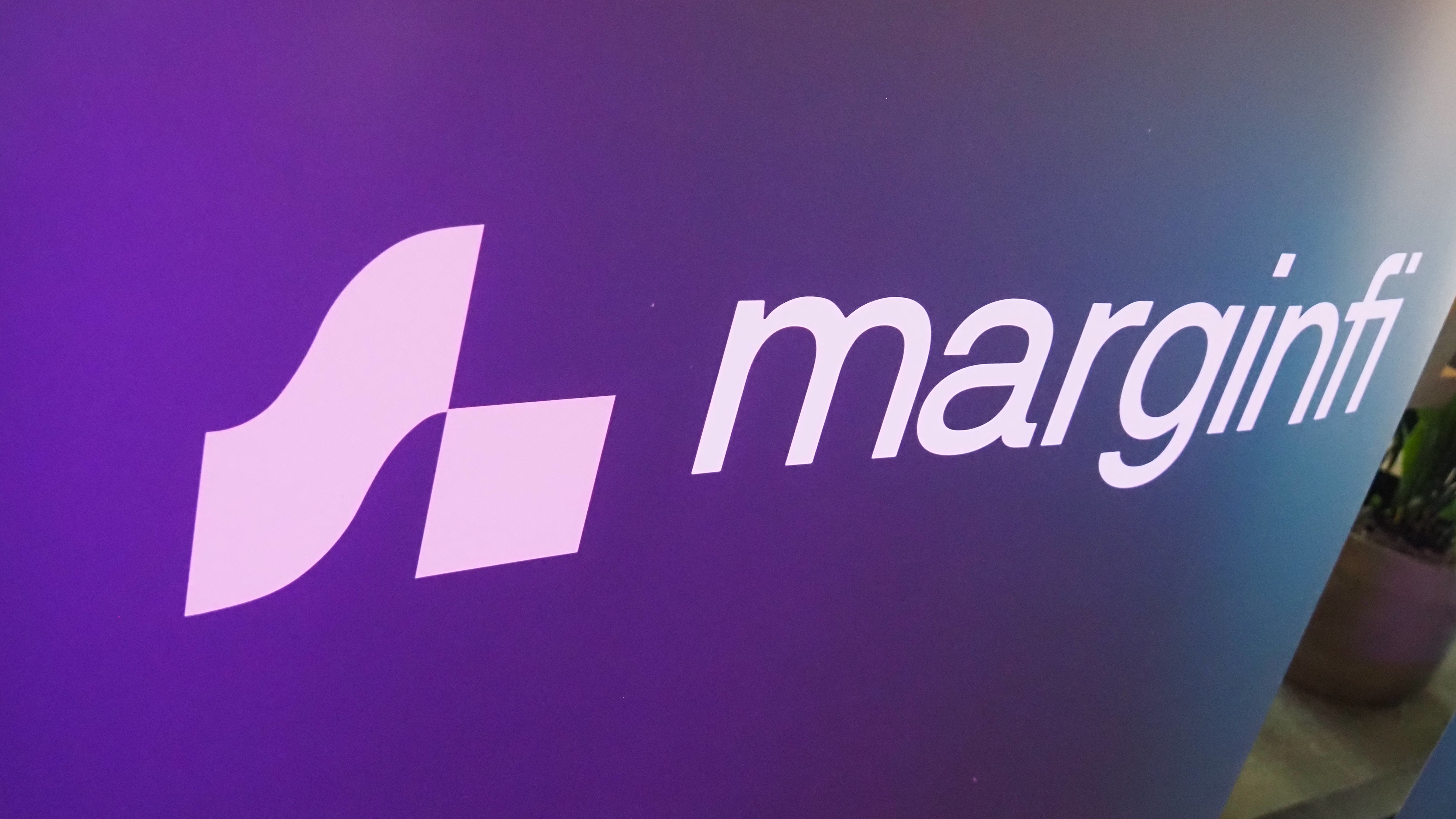
marginfi is a decentralized lending protocol on Solana, allowing users to borrow or lend tokens and earn profits. Additionally, marginfi provides swapping and bridging features. Although there is no confirmation yet regarding an airdrop, marginfi's mrgn point system tracks user interaction.
Here are some ways to participate and potentially receive an airdrop on the Fuel Network:
-
Lend tokens through Marginfi and earn interest. Each day, lenders can receive 1 mrgn point for every 1 USD lent.
-
Use lent tokens as collateral to borrow other tokens, becoming a borrower. Borrowers can earn an additional 4 mrgn points for every 1 USD borrowed each day, in addition to points from lending.
-
Stake SOL in the Liquid Staking feature and receive LST (Liquid Staking Token) from Marginfi.
-
Use the token swap feature for a chance to receive additional airdrops from Jupiter.
-
Use Mayan for token bridging.
-
Introduce new users and receive an additional 10% of the points earned by the new user on Marginfi.
3.10. Ambient: DEX on Ethereum
Ambient, an AMM DEX platform on Ethereum, is the first to combine three liquidity models within a single liquidity pool. With flexibility in placing multiple limit orders and providing liquidity, users can increase their chances of qualifying for an Ambient airdrop.
Several ways to participate in an airdrop on Ambient:
-
Connect your Metamask wallet to the Scroll network to increase your chances of receiving airdrops across all three projects: Ambient, Metamask, and Scroll.
-
Use Scroll's bridge to transfer assets to Scroll and trade on Ambient via the Scroll network.
-
Fully utilize Ambient's features such as swapping, placing limit orders, and providing liquidity.
-
Trade the USDT/USDC pair to minimize risks from price volatility.
4. FAQs
Q1: Who can participate in an Airdrop?
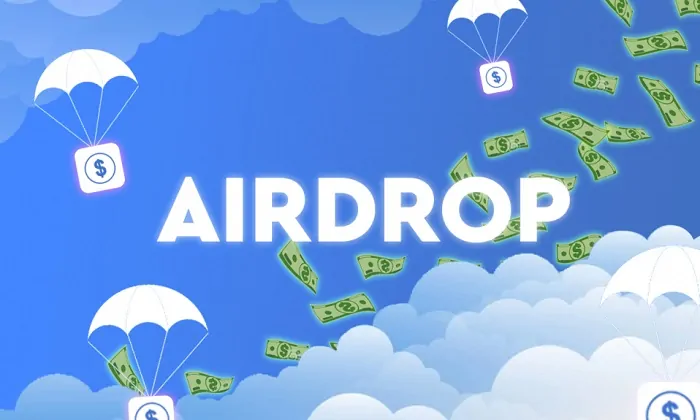
An airdrop is a marketing tool used by new projects to attract attention from the community and increase awareness about the project. Therefore, any investor can participate in an airdrop as long as they meet the conditions set by the project.
Q2: What is a wallet address when participating in an Airdrop?
When participating in airdrop programs from various projects, it's crucial to prepare a series of wallet addresses across multiple blockchains. For instance, you may need wallet addresses on Avalanche, Ethereum, Solana, and potentially other blockchains depending on the projects you're engaging with.
An important note is to use a separate backup wallet set specifically for participating in airdrops, rather than using your primary wallet. This helps mitigate the risk of asset loss and protects the balance of your main account from any unforeseen risks that may arise during the airdrop participation process.
5. Conclusion
Participating in airdrop projects can bring significant benefits to investors and blockchain users, from increasing assets in wallets to establishing strong relationships with promising projects. The year 2024 promises to be a year full of opportunities for airdrop programs, and carefully selecting which projects to engage with will help investors and users make the most of these opportunities.
Read more:

 English
English Tiếng Việt
Tiếng Việt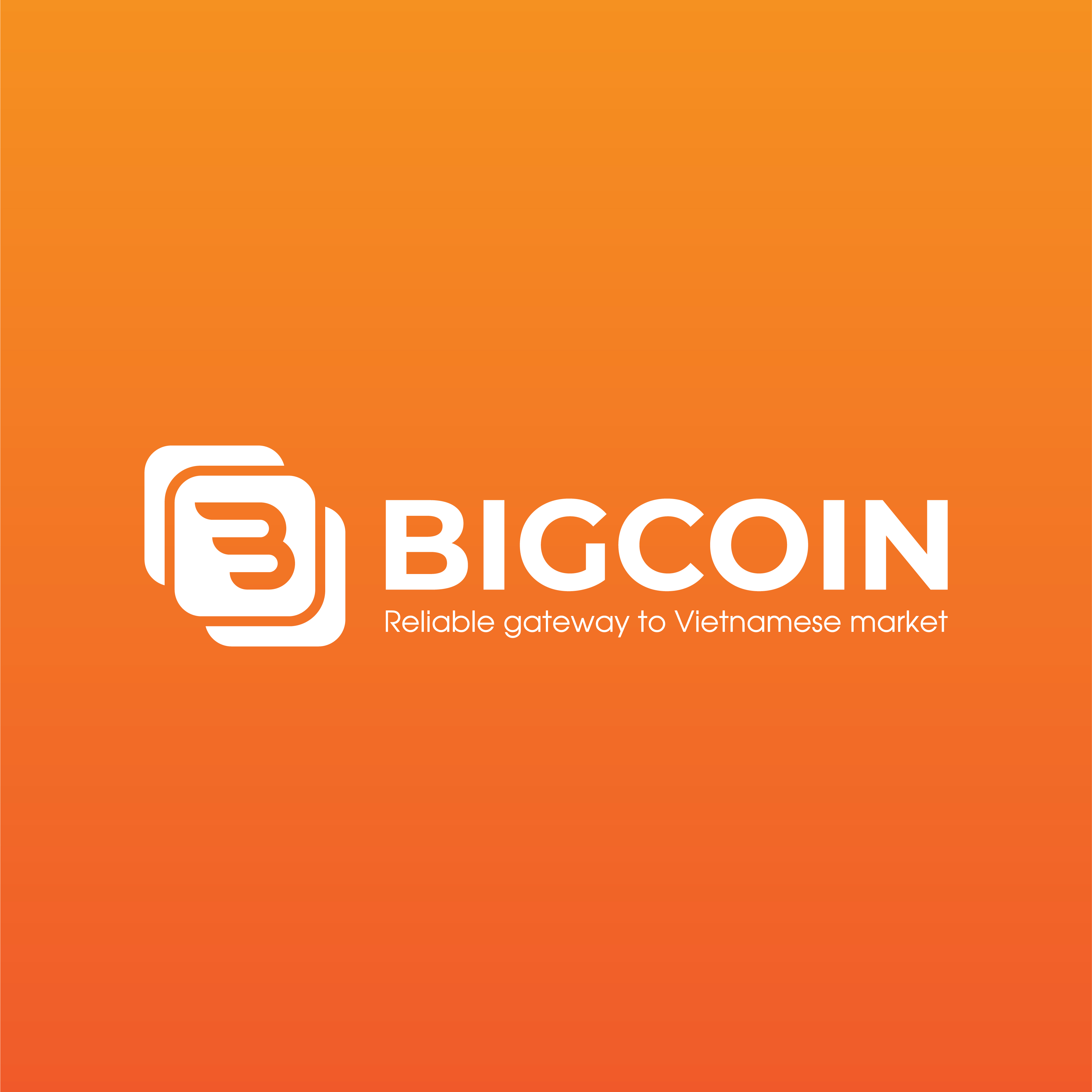
.jpg)

.jpg)
.jpg)
.jpg)

.jpg)
.jpg)

.jpg)
.jpg)
.jpg)

